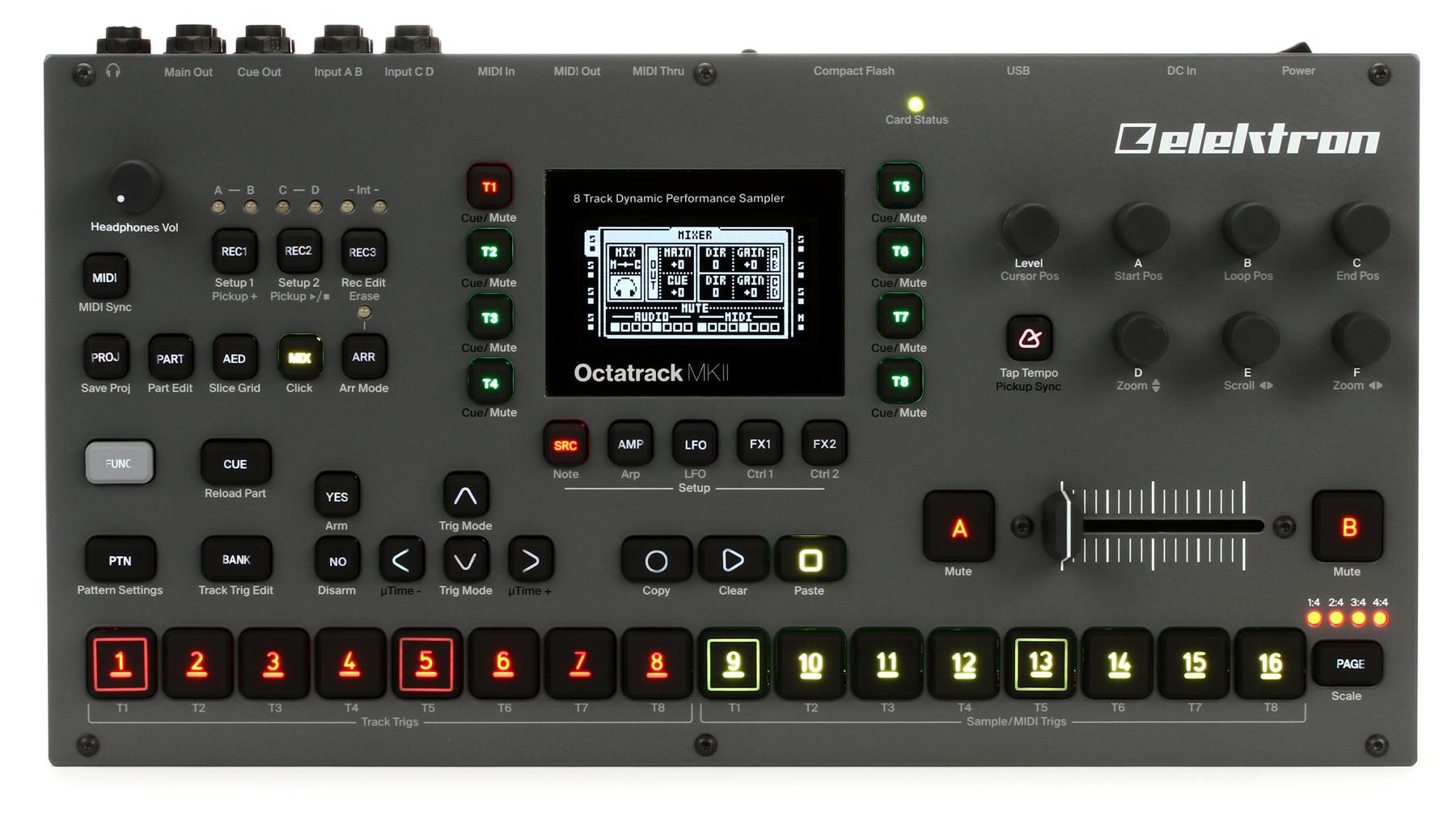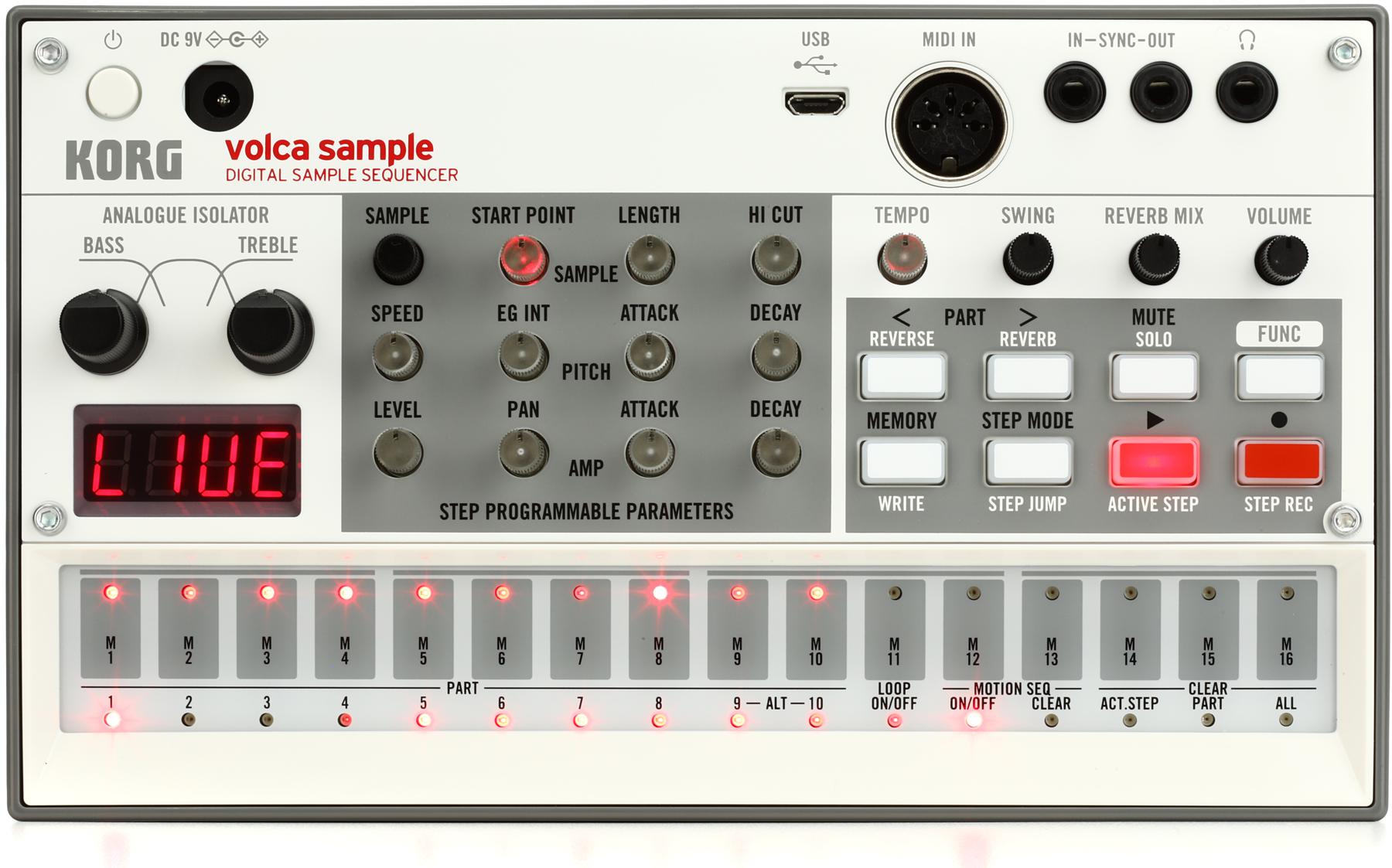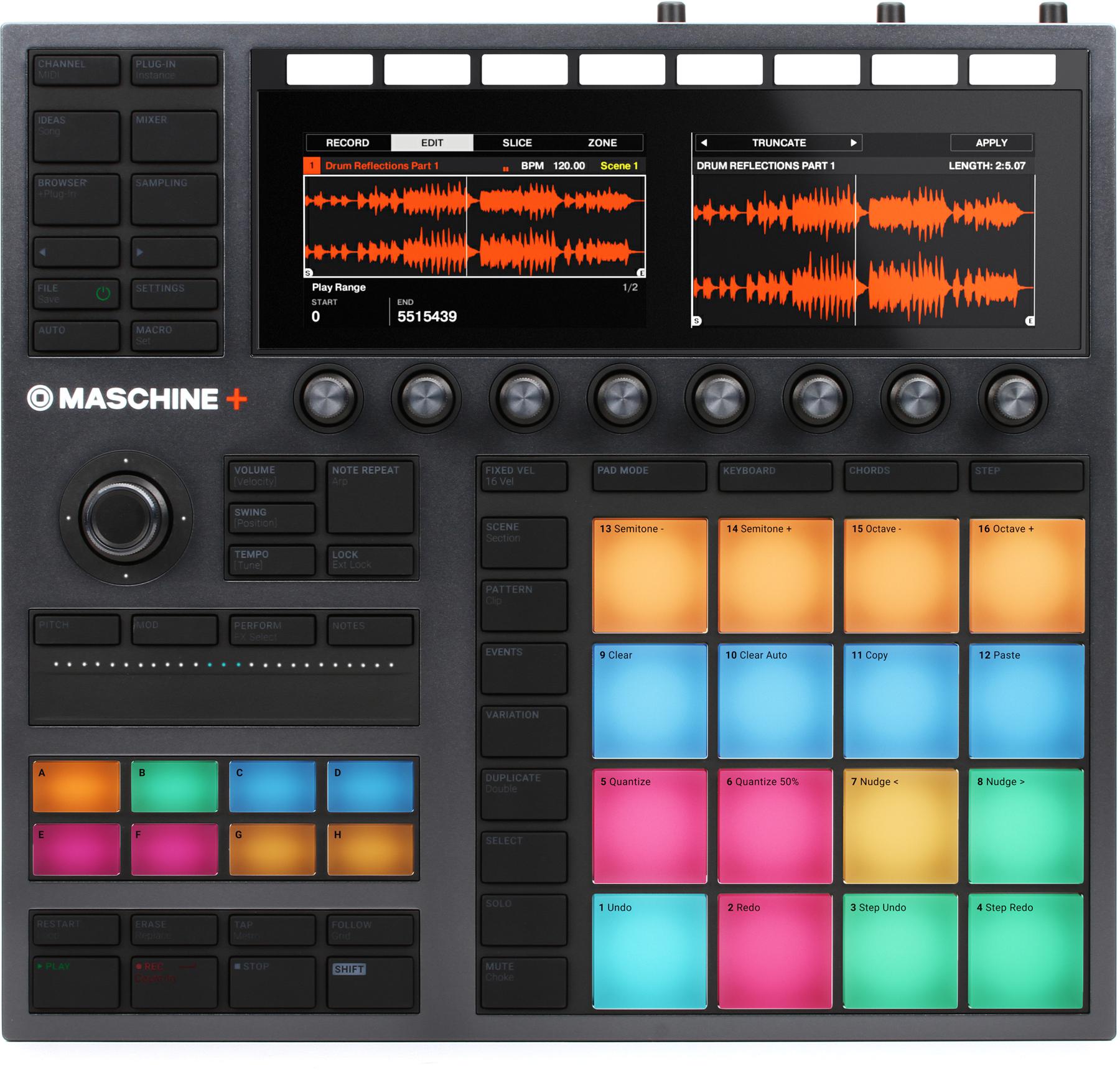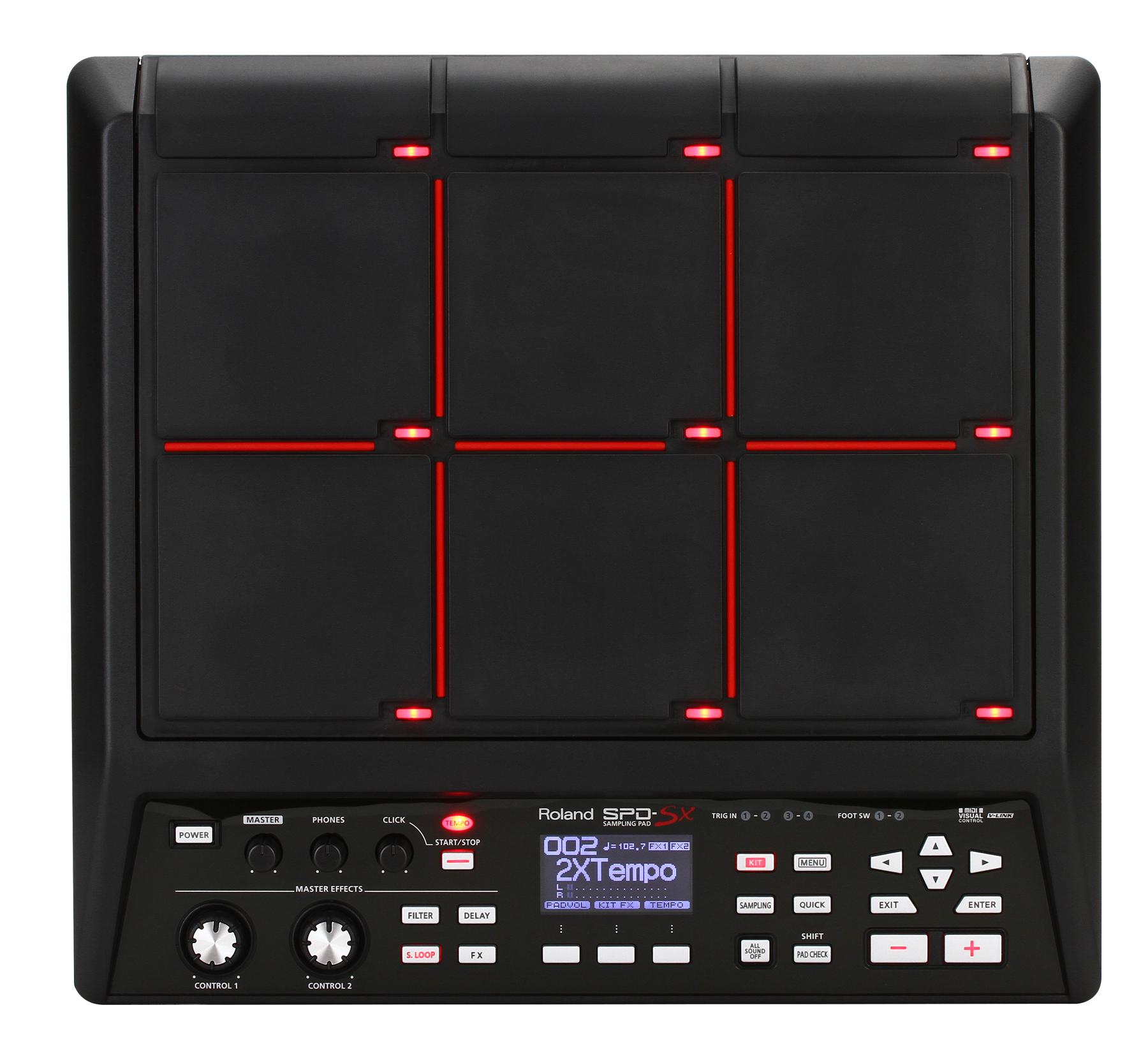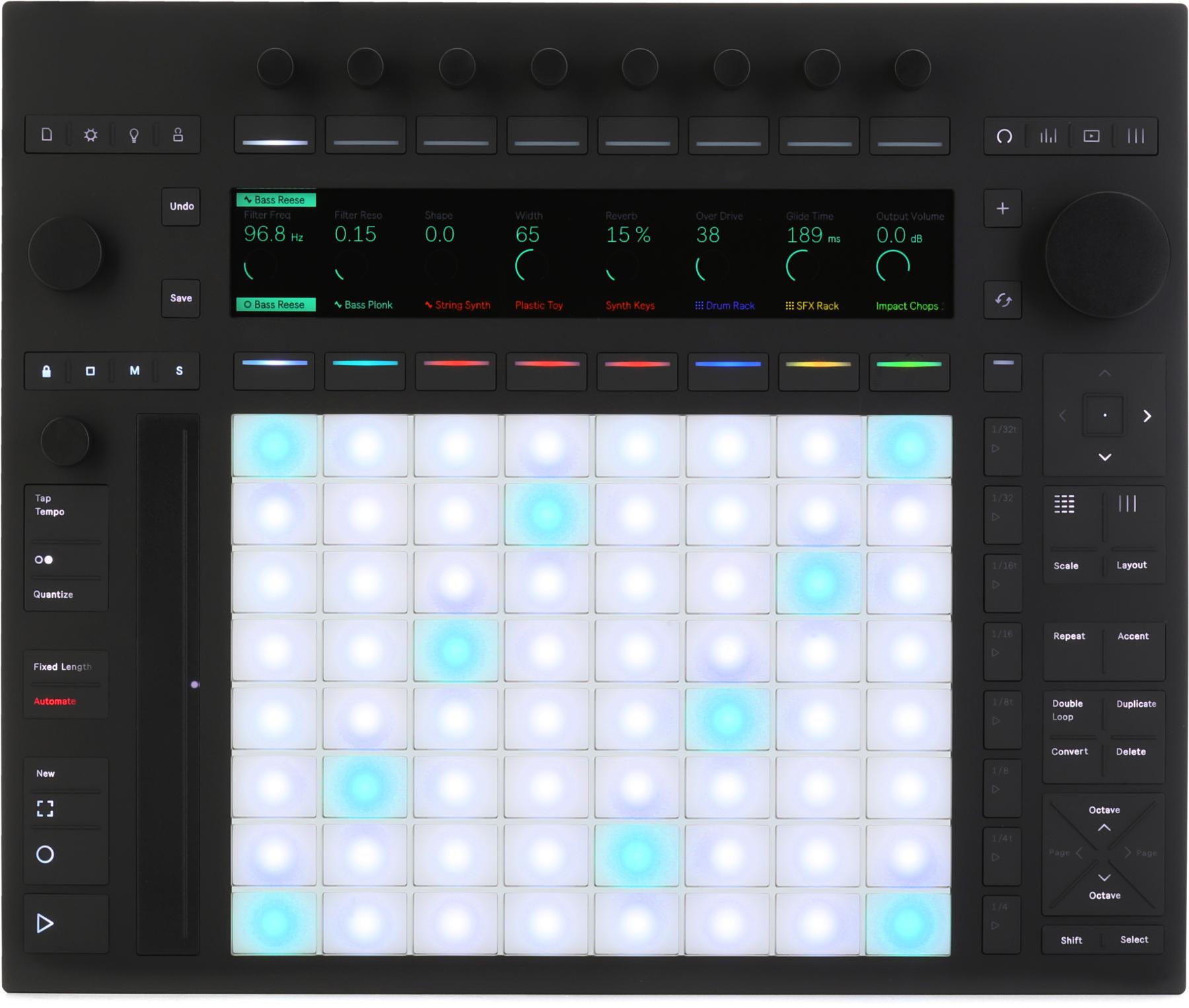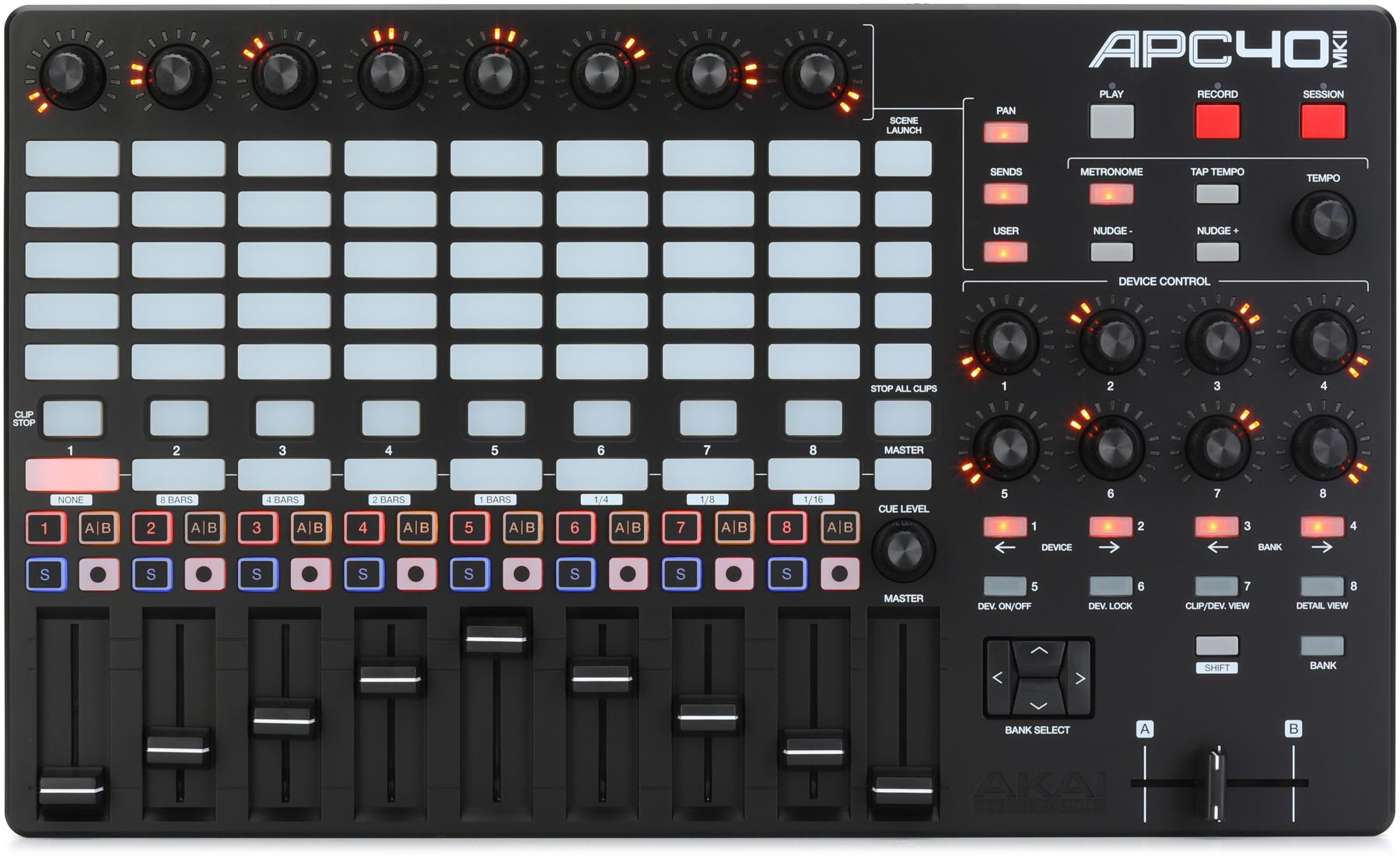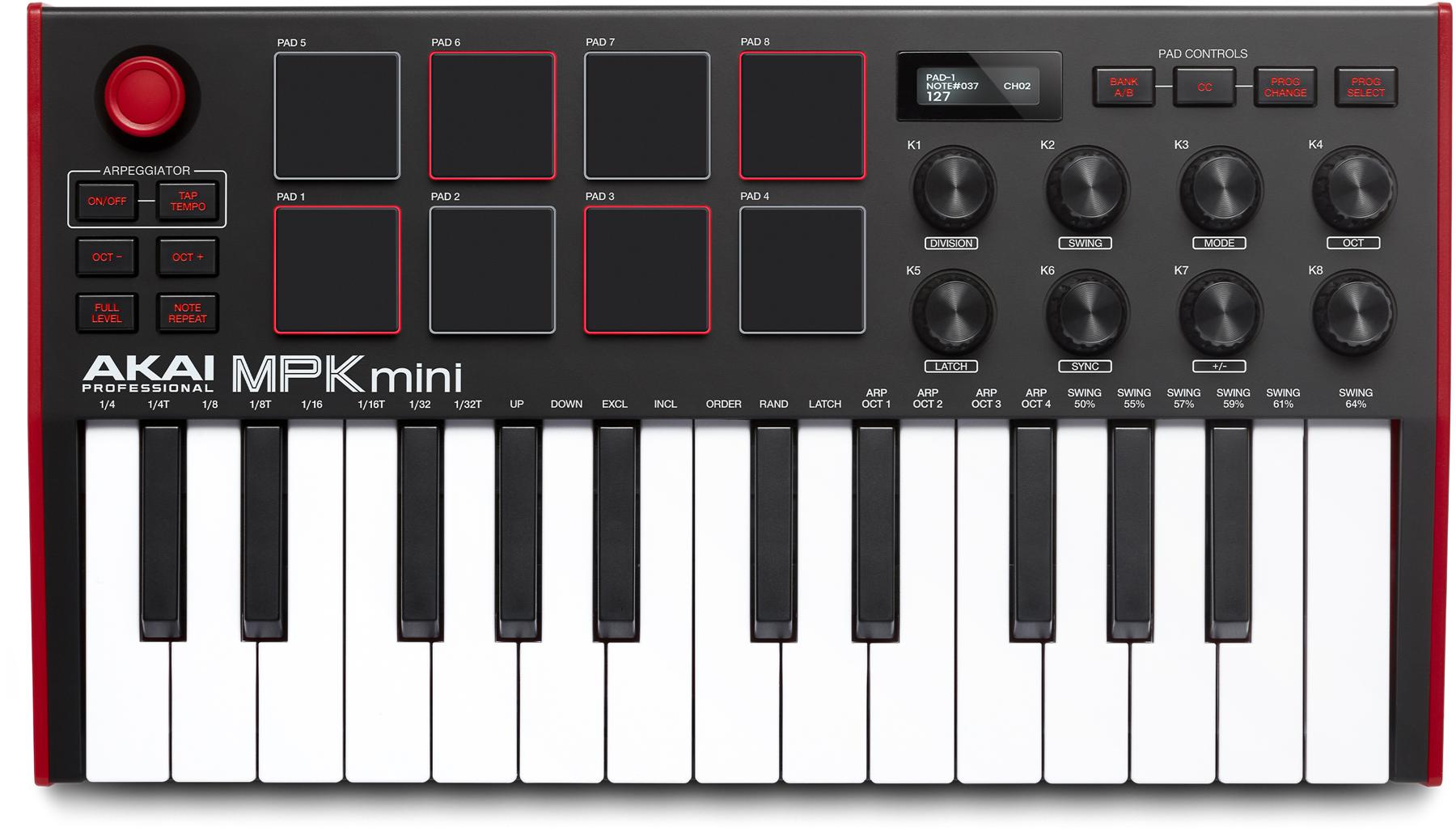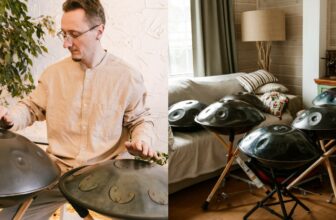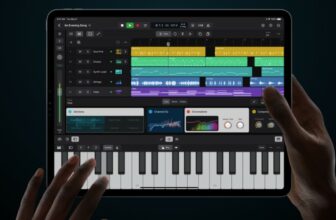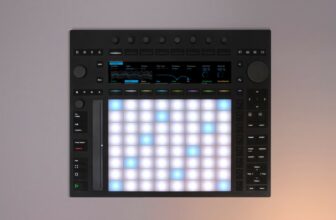Samplers (What Are They, Hardware Samplers, Controllers, Plugins)
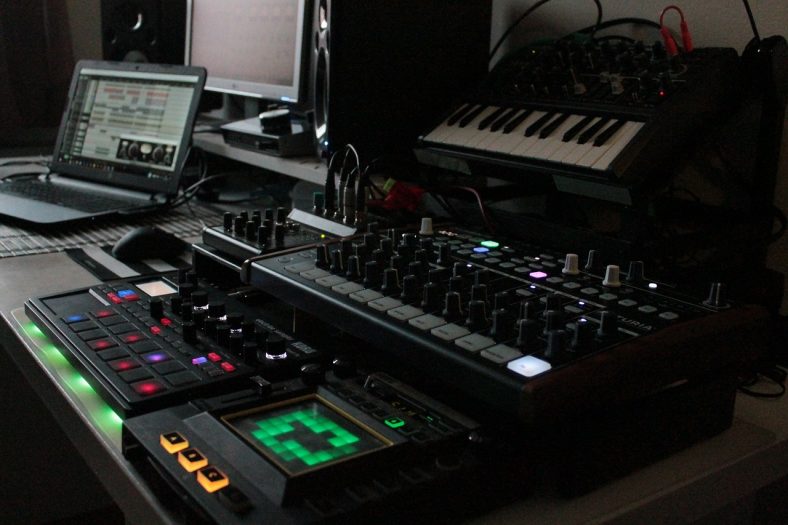
A sampler is a digital musical instrument that can be used to play back sound recordings and process them in creative ways. These recordings may have been captured through a variety of means, such as using microphones, instrument pickups, or through digital processing. There are two types of samplers: hardware and software samplers.
Contents
- Recommended Hardware and Standalone Samplers
- Akai Professional MPC One Standalone Sampler and Sequencer
- Elektron Octatrack MKII 8-track Performance Sampler
- Korg Volca Sample 2 Digital Sample Sequencer
- Native Instruments Maschine Plus Standalone Production and Performance Instrument
- Roland SPD-SX Sampling Percussion Pad
- Recommended Software Samplers
- Recommended MIDI Controllers for Sampling
- Ableton Push 3 with Live 12 Intro
- Akai Professional APC40 MKII Pad Controller
- Akai Professional MPK Mini MK III 25-key Keyboard Controller
- Native Instruments Komplete Kontrol S61 Smart Keyboard Controller
- How does a Sampler work?
- Where did Sampling Start?
- mellotron and the Origin of Samplers
- Early Hardware Samplers
- The Beginning of Software Sampling
- Summary
Sampler
A sampler is a device or program that can record and store real-world sounds digitally, and further manipulate, edit, and replay them in real-time.
Hardware Sampler
These are ‘standalone’ devices that include a memory unit that records and stores sound. Samples can be manipulated directly on the device.
These can be connected to a mixer or amplifier directly. Korg’s Volca Sample and Elektron’s Octatrack MKII are both examples of these types of standalone samplers, as well as the more recent release of the Akai MPC One, which does not require a computer to be operated. The Roland SPD-SX drum sampling pad also fits in this category.
Software Samplers
Modern music production software (DAWs) such as GarageBand, Ableton Live, and Logic Pro all include built-in software samplers (we will refer to these as ‘Stock Sampler Plugins‘), therefore you no longer need to have an actual piece of hardware to use these. You could simply interact with them using your computer keyboard and mouse.
However, if you want to record your own samples then you will need some recording gear such as an audio interface (see our useful guide on Home Recording Studio Setup – The 7 Absolute Essentials)
For producers that want to use higher-quality software sampling, they can extend the possibilities of their software by using an external Sampler Plugin (e.g. VST or AU plugins) such as Native Instruments Kontakt.
However, many musicians and music producers, like to use a physical piece of hardware to interact with the software.
These are known as MIDI controllers and these control the software. The MIDI controllers need to be connected to the computer to function! Examples of these are the akai professional MPK Mini MK III and the highly-praised Ableton Push 2.
Recommended Hardware and Standalone Samplers
Akai Professional MPC One Standalone Sampler and Sequencer
Native Instruments Maschine Plus Standalone Production and Performance Instrument
Recommended Software Samplers
Native Instruments Kontakt is arguably the most popular software sampler these days, providing incredibly in-depth control of samples, and a huge wealth of high-quality proprietary as well as third-party libraries that achieve unparalleled realism.
There can often be some confusion between the full version of kontakt and the Kontakt player. Kontakt player is free but it is limited and it only allows you to load official sample sound sets.
Many of the sound sets that you see online will require the full Kontakt player. It is quite an investment, but if you’re serious about the music production game, then this is certainly worth considering.
Also, of course, most DAWs come with an inbuilt stock sampler these days too, like Logic’s EXS24, or Reaper’s Sample-O-Matic.
Recommended MIDI Controllers for Sampling
MIDI controllers can be in the form of musical keyboards, like NI’s Kontrol, M- Audio Keystation, or indifferent form factors like trigger pads and knobs, like in Ableton’s Push controllers or Akai’s APC series (check out our article on the best MIDI controllers for Ableton Live if that’s the DAW you use!).
Ableton Push 3 with Live 12 Intro
A fantastic controller that gives you great control of sampling in the session view of Ableton Live. Create melodies, harmonies, drum tracks, and more, along with using it as a great MIDI control surface for your software.
Akai Professional APC40 MKII Pad Controller
More of an 'all in one' option that has many features such as faders, clip launching, general controls, effects knobs, and more.
Akai Professional MPK Mini MK III 25-key Keyboard Controller
It might look simple, but it's very configurable and you can do a whole lot with this controller!
Native Instruments Komplete Kontrol S61 Smart Keyboard Controller
Standalone hardware samplers usually come with their keyboards or controllers for operation, but for software samplers, it’s very beneficial to use a piece of hardware to communicate with the program and the samples via MIDI (Musical Instrument Digital Interface) signals.
This can be achieved by sequencing MIDI within a DAW, or more commonly, with the use of external MIDI controllers or keyboards.
You must note that MIDI controllers do not generate any sound by themselves, they simply provide information like pitch, velocity, and channel, which is then interpreted by the software to produce sound.
How does a Sampler work?
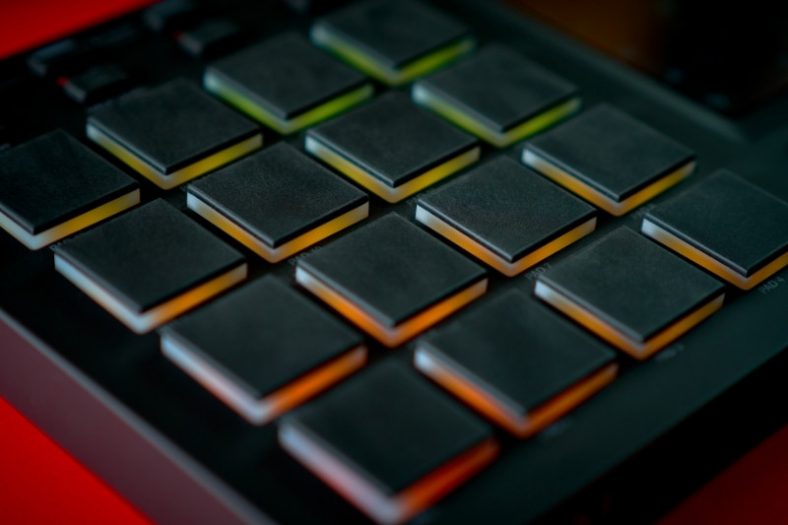
A digital sampler stores various recordings or samples in its memory.
These samples are then mapped to keys – or ranges of keys – on the keyboard or controller via MIDI signals.
Samplers can morph the recorded sample, by changing characteristics like the pitch, duration, timbre, etc. When a key is pressed, the mapping determines which stored sample is to be played back, and what manipulation (if any) is to be applied to the sound.
For example, a sampler may store a recording of a violin playing the note G. This sample is mapped to 3 keys on its keyboard: F#, G, and G#. If the G key is pressed, the sample is played back unchanged. If the F# key is pressed, the sample is pitched down a semitone and played back.
Similarly, when the G# key is pressed, the sample is played back pitched up a semitone in real-time. Thus we’ve achieved new, remodeled sounds from a single existing recording. This is in contrast to synthesizers, which produce sound from scratch from basic waveforms.
In the modern era, software samplers have become more popular because of their convenience and power, but there are still some popular new hardware samplers, which often seamlessly pair up with software to provide an expanded toolset.
Where did Sampling Start?
The concept of re-using and manipulating a pre-recorded sound to produce a new kind of sound may not sound like much of a feat to an average listener today. However, when the Australian company Fairlight unveiled their Computer Music Instrument (CMI) to the world in 1979, music truly stepped into the next era.
It had the promise of being the world’s first polyphonic digital sampler but came with a high price tag. Fast forward to today, and sampling has become inseparable from practically all modern music, completely revolutionizing the pop, electronic, and hip-hop genres.
mellotron and the Origin of Samplers
Before the advent of computers and digital storage, the concept of sampling could be found in analog tape relay keyboard systems like the Mellotron (1963), which used actual tapes with recordings of real instruments on them which could be played back by pressing a corresponding key.
Though the Mellotron proved popular, especially in psychedelic and prog-rock spheres, analog sampling technology was heavy, clunky, and prone to error or damage. The introduction of digital sampling solved these problems by storing the recorded sounds in fast, reliable, and portable solid-state digital memory.
Early Hardware Samplers
The earlier samplers, through the 70s and 80s, were physical standalone units called hardware samplers. They were all-in-one units that included a memory module to record and store sounds, a keyboard or controller, and various circuitry to perform tasks like editing, manipulation, and sequencing to morph the sample.
The aforementioned Fairlight CMI was a very important sampler and was widely used by artists such as Peter Gabriel, Herbie Hancock, and Trevor Horn. The Synclavier (1978) was another landmark (and hugely expensive) sampler, used by the likes of Michael Jackson, Chick Corea, and many more.
While early samplers were limited to major studios and top artists due to their extravagant cost, the 80s saw the price of samplers fall to more affordable ranges, and hence find a larger user base, proliferating the use of samplers in more and more music outside of major record label productions.
The E-mu SP 1200, introduced in 1987 would go on to characterize the ‘Golden Age of Hip Hop’ with its signature warm sound and gritty punch. Akai’s MPC series found huge success with their MPC60, and to this day remains an important part of hip hop legacy.
The Beginning of Software Sampling
The 1990s saw a computer revolution, as increasingly powerful computers became increasingly affordable.
With vastly more processing bulk and memory at disposal, it became possible to run software that could accurately emulate the working of hardware samplers, and store massive libraries of samples.
Now recording, editing, and sequencing were also possible within a single software running on an everyday personal computer. The software could do what hardware had been doing faster, better, and with exponentially lower costs.
As a result, the hardware sampler market rapidly declined, until recently with the introduction of smarter hardware that can interact with the software.
Summary
Sampling changed the music production game entirely. In a way, sampling democratized the art of music-making, enabling people to take the music of their heroes and reimagine it into new forms and shapes that would become classics themselves.
Fun fact: the engineers of the veritable Fairlight CMI initially considered using real sounds instead of synthesis “cheating” and “weren’t particularly proud of it”.
But what started as a compromise forced by technological limitation, then went on to define and redefine entire genres and become a staple of music production, all the way from Michael Jackson to Kanye West.
The moral? Maybe don’t delete that phone recording of you singing in your bathroom just yet.
Pop it into your computer, slice up, and twist the samples, and who knows, you might just have the next big hit on your hands!
We hope this article has served as a good primer on hardware samplers, software samplers, and MIDI controllers for sampling.


